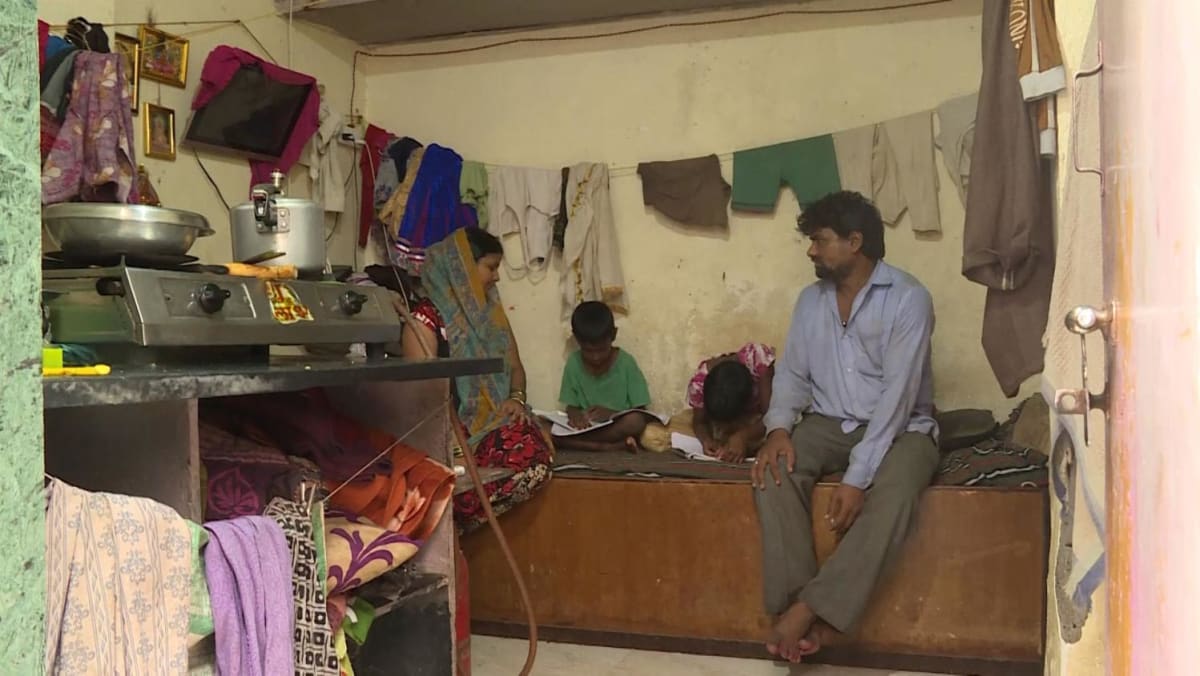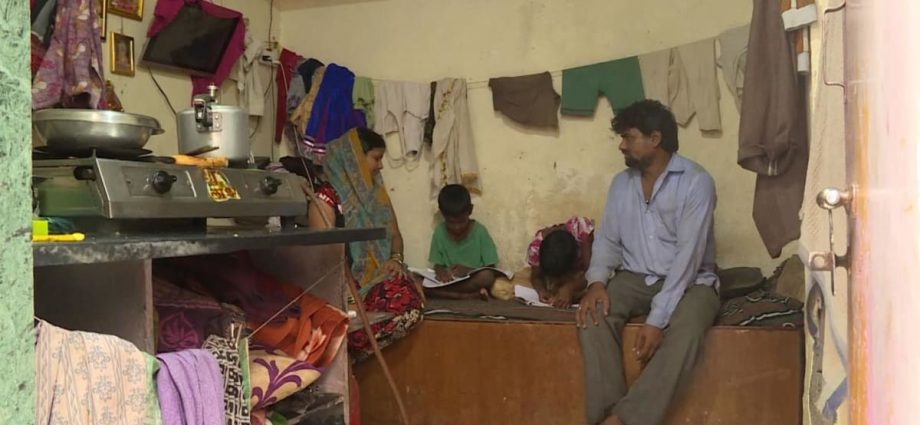
MUMBAI: Van driver Suraj Gupta has had to fork out much more for his family’s food expenses this year due to rising prices.
But his wages have not caught up. The sole breadwinner earns 15,000 rupees (US$182) a month.
Mr Gupta said: “The expenses are so high; we are having to make cuts in our purchases. Instead of one kilogram of a food item, we are now buying half a kilogram.”
India’s large poor population is feeling the pinch from the higher cost of living, even as the country’s central bank raises its interest rates for the fourth time to rein in soaring inflation.
Economists said increasing interest rates may eventually help to cool the higher food and fuel prices, but it is unlikely to bring immediate relief to vulnerable households.
For the Gupta family, rising prices are a headache. The family of four has resorted to borrowing money from friends and cutting down their consumption of some food items to get by.
It is a problem that millions of households in India are grappling with.
GROWING POOR
The World Bank estimated that in 2019, India had about 59 million people living on less than US$2 daily.
However, projections show that the COVID-19 pandemic may have doubled that number to nearly 140 million, or about 10 per cent of the population.
Unsurprisingly, the country’s sizeable poor population struggles the most when prices go up.
And inflation has been stubbornly high in India, with retail inflation hitting 7 per cent in August.
Ms Dipti Deshpande, principal economist at global analytics firm Crisil, said: “I think inflation has been hitting the poor quite disproportionately, because a much larger basket of consumption for them is food and fuel.
“More than 60 per cent of their consumption expenditures are on these two commodities, where inflation has been going up quite a bit.”

